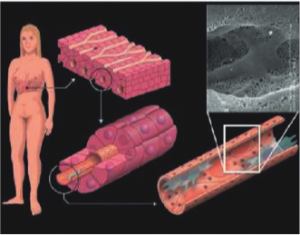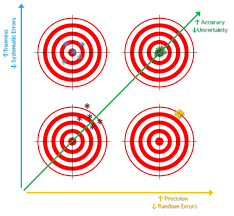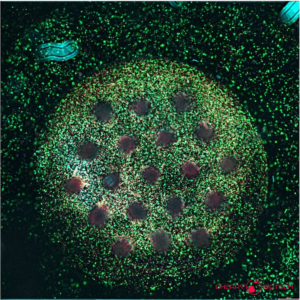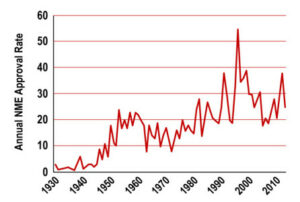Introduction
The Organ-on-a-Chip (OOAC) is a leading organ biomimetic (POB) device based on a microfluidic chip in the list of the top ten innovative technologies. The microenvironment of the chip simulates the organ in terms of tissue interfaces and mechanical stimulation by combining cell biology, engineering, and biomaterial science.
The structural and functional features of human tissue are reflected and a series of factors including drug reactions and environmental effects can be predicted in response. It is expected that with the rising of a new complex in vitro model (CIVM) and micro physiological system organ-on-chip (liver model), and particularly liver on-chip will become prominent during the drug development phases, fundamental research as well as personalized medicine.
This paper from Polidoro et al. recapitulates all the work done until now, and future perspectives.

How to culture vascularized & immunocompetent 3D models in a standard Multiwell
Abstract
The authors state “The liver is one of the most studied organs of the human body owing to its central role in xenobiotic and drug metabolism. In recent decades, extensive research has aimed at developing in vitro liver models able to mimic liver functions to study pathophysiological clues in high-throughput and reproducible environments. Two-dimensional (2D) models have been widely used in screening potential toxic compounds but have failed to accurately reproduce the three-dimensionality (3D) of the liver milieu.
To overcome these limitations, improved 3D culture techniques have been developed to recapitulate the hepatic native microenvironment. These models focus on reproducing the liver architecture, representing both parenchymal and non-parenchymal cells, as well as cell interactions.
More recently, Liver-on-Chip (LoC) models have been developed with the aim of providing physiological fluid flow and thus achieving essential hepatic functions. Given their unprecedented ability to recapitulate critical features of the liver cellular environments, LoC has been extensively adopted in pathophysiological modeling and currently represents a promising tool for tissue engineering and drug screening applications.
In this review, we discuss the evolution of experimental liver models, from the ancient 2D hepatocyte models, widely used for liver toxicity screening, to 3D and LoC culture strategies adopted for mirroring a more physiological microenvironment for the study of liver diseases.”
References
Anna Polidoro M, Ferrari E, Marzorati S, Lleo A, Raponi M. Experimental liver models: from cell culture techniques to microfluidic organs-on-chip. Liver Int. 2021 May 9. doi: 10.1111/liv.14942. Epub ahead of print. PMID: 33966344.



